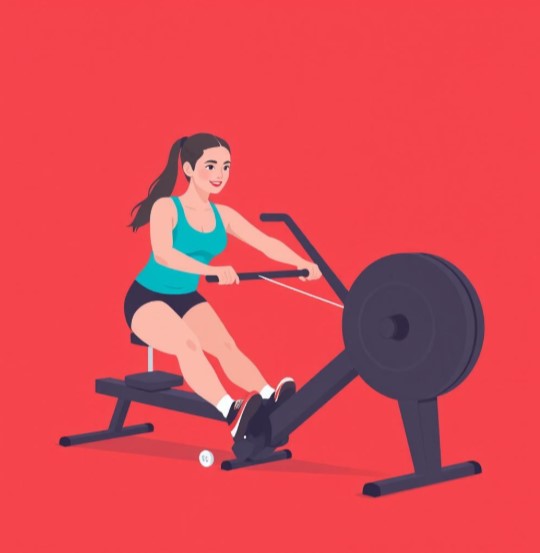Fitness and Digital Security: What Home Gym Users Should Know
Fitness and Digital Security: What Home Gym Users Should Know
Home gyms are getting more elaborate than ever: they’re not just a couple of dumbbells and yoga mats of top fitness gear. There’s a diverse market: smart treadmills, smart mirrors, and digital integration in general are a core part of the fitness world.
But, while we work on our physical health, we also need to think about protecting our valuable data from cyberattacks.
If you enjoy technology and like to experiment with smart fitness devices in your home gym, this is what you need to do to stay safe, not just fit.
Connected fitness: What are the most common risks?
Modern homes are more connected than ever, and as we’ve established, this extends to smart devices of all kinds.
The thing is, everything that connects to our Wi-Fi networks can be hacked from our smartphones, where we might keep a record of our workouts, to the smart mirrors and everything else.
1. Data overexposure
A lot, if not most, fitness apps track more than your workouts: they can track your location data, heart rate, sleep cycles, even your calendar if you synchronize everything. They can sell your data to advertisers, insurers, and if it’s not a secure app, it can even get into the hands of hackers and other malicious actors online.

2. Weak device security
Smart bikes, mirrors, and treadmills, in most cases, don’t have advanced cybersecurity protocols. Some people don’t even change the default login credentials, and they often don’t update their software, so these objects are a pretty easy target for cybercriminals.
3. Cloud syncing issues
If you sync your fitness progress in the cloud to keep track of your goals, your data is stored online.
So, although keeping track of your fitness levels is convenient and practical, you might encounter some risks that it’s best to avoid altogether.
Secure your setup: practical tips
Fortunately, you don’t need a cybersecurity degree to protect your digital life and your fitness progress. A few simple habits and well-tested tools, like the VPN by Surfshark, are enough. Let’s look at them in detail.
1. Change all the default passwords
If you keep using the default passwords on your devices, you’re at risk. But this can be your first step: use unique, strong passwords (avoiding data people might find online, like your birthday). If you aren’t sure if you’ll remember everything, you can get a password manager. These also create great passwords, if you don’t want to spend time thinking about different ones for all your accounts.
2. Update all your devices
Whenever your fitness gear notifies an available update, you should immediately begin the process.
Security patches are updated a lot more often than anything else, and you have to make sure you stay protected against the latest threats that you might not have heard about.
3. Check the app permissions
We all tend to give too many permissions to our apps, but it’s important to check these from time to time. If your fitness app needs constant access to your camera and your microphone, ask yourself if that’s really necessary. If possible, limit permissions.
Tools for fitness privacy
Aside from those three habits you should incorporate into your life… there’s the matter of being strategic with your online protection.
Here are some tools you can add:
Smart network security
One of the smartest security protocols is to create a separate network for all your fitness devices, isolating them from the main network that can have a lot more information that hackers want. This way, you limit the damage in case of a data breach.

Privacy-focused fitness apps
When you download an app, make sure the company that makes it has prioritized user privacy. Look for transparent companies that allow you to opt out of some app permissions, like the microphone and camera.
Get a VPN
Getting a VPN is one of the smartest security measures that you can take.
Like we mentioned above, a VPN hides all the data flow you create when using a smart device, and you can rest assured knowing that all your activity is private.
To sum up
Yes, fitness and tech can go hand in hand, but make sure you have a digital safety protocol along with your workout plan. Make a habit of reinforcing your privacy and keeping your rights to it.
When you take a few strategic steps, like strong passwords, frequent updates, and some of the tools we mentioned, you can have the peace of mind that allows you to focus on crushing it in your fitness journey.

